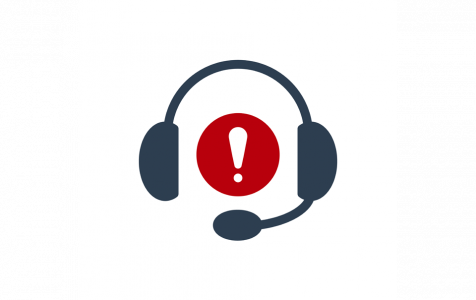Imagine the disappointment of not being able to hear your loved one’s voice clearly during a phone call because your computer fails to detect your headphones. This sudden letdown can ruin the excitement of the moment.
If your computer doesn’t recognize headphones, it can be very upsetting. Thankfully, there are things you can do to get this fixed.
How to Fix Headphones Not Getting Detected in Computer
Method 1: Check if your headphones are disabled.
First and foremost, you need to check if your headphones are disabled and then enable them to fix the issue.
Here’s how you can do it:
Expert Tip: For smoother PC performance, consider using a PC optimization tool. It handles junk files, incorrect settings, and harmful apps. Make sure it's right for your system, and always check the EULA and Privacy Policy.
Special offer. About Outbyte, uninstall instructions, EULA, Privacy Policy.
- Right-click on the amplifier icon on the taskbar.
- Go to Sounds.
- Under the Playback tab, right-click then click on Show disabled devices.
- Choose the audio device that you are working with.
- Right-click then choose Enable. Hit OK.
If this does not work, proceed to the next method.
Method 2: Update to the latest audio driver.
Some users have reported that updating to the latest audio driver available did fix the issue.
Here’s how you can do this yourself:
- Press Win + R simultaneously. In the pop-up box, type devmgmt.msc. Click OK.
- In the Device Manager, select Sound, video and game controllers.
- In the drop-down menu, look for the headphones you are using.
- Right-click then select Update driver.
- Choose Search automatically for updated driver software and see whether there’s a new version ready for download.
- Download the newest version.
- Restart your computer.
If this does not solve your issue because you don’t see your audio device under the Sound, video and game controllers menu, then proceed to the next step.
- Under Device Manager, look for anything that has the yellow exclamation point beside it. You are very likely to find them by expanding the Unknown Devices drop-down menu.
- If you find your device listed under Unknown devices, right click and then select Update driver.
- If no driver is found, double-click on the device entry and go to the Details tab.
- On the drop-down menu, select Device Instance Path. Copy the value you see.
- Launch your browser. Paste the value in the search engine.
- Install the driver.
- Restart your computer.
See if the problem is fixed. If not, proceed to method 3.
Method 3: Enable multi-stream mode.
You can also enable multi-stream mode if your computer still cannot detect your headphones.
Here’s how:
- Press Windows key + R.
- In the pop-up box, type control panel to open the Control Panel.
- Find Hardware and Sound. Select Realtek HD Audio Manager.
- In the upper-right corner, select Device advanced settings.
- Enable Multi-stream mode. Confirm changes by clicking on OK.
- Restart your computer and see if the problem is fixed.
If Windows still can’t recognize your headphones, proceed to method 4.
Method 4: Disable front panel jack detection.
If you are using the Realtek software, then these steps are applicable.
- Simultaneously press Win + R keys.
- In the box that pops up, type Control Panel.
- Go to Hardware and Sound.
- Select Realtek HD Audio Manager.
- Click on Device advanced settings.
- Select Separate all input jacks as independent input devices. Hit OK.
- Restart your PC and see if the problem is fixed.
Alternatively, you can do the following;
- Right-click on the icon for Realtek Audio Manager.
- Go to Sound Manager.
- In the upper-right corner, you will see a yellow folder. Click on it.
- Under Connector Settings, check the box beside Disable front panel jack detection.
See if the problem is now fixed.
Wrapping Up
The next time your computer cannot detect headphones, do not panic. Instead, go through this article again and find the best method that works for you.
If you are having other problems like pairing your headphones with a Bluetooth device, feel free to scan through Software Tested for an article that might help.
